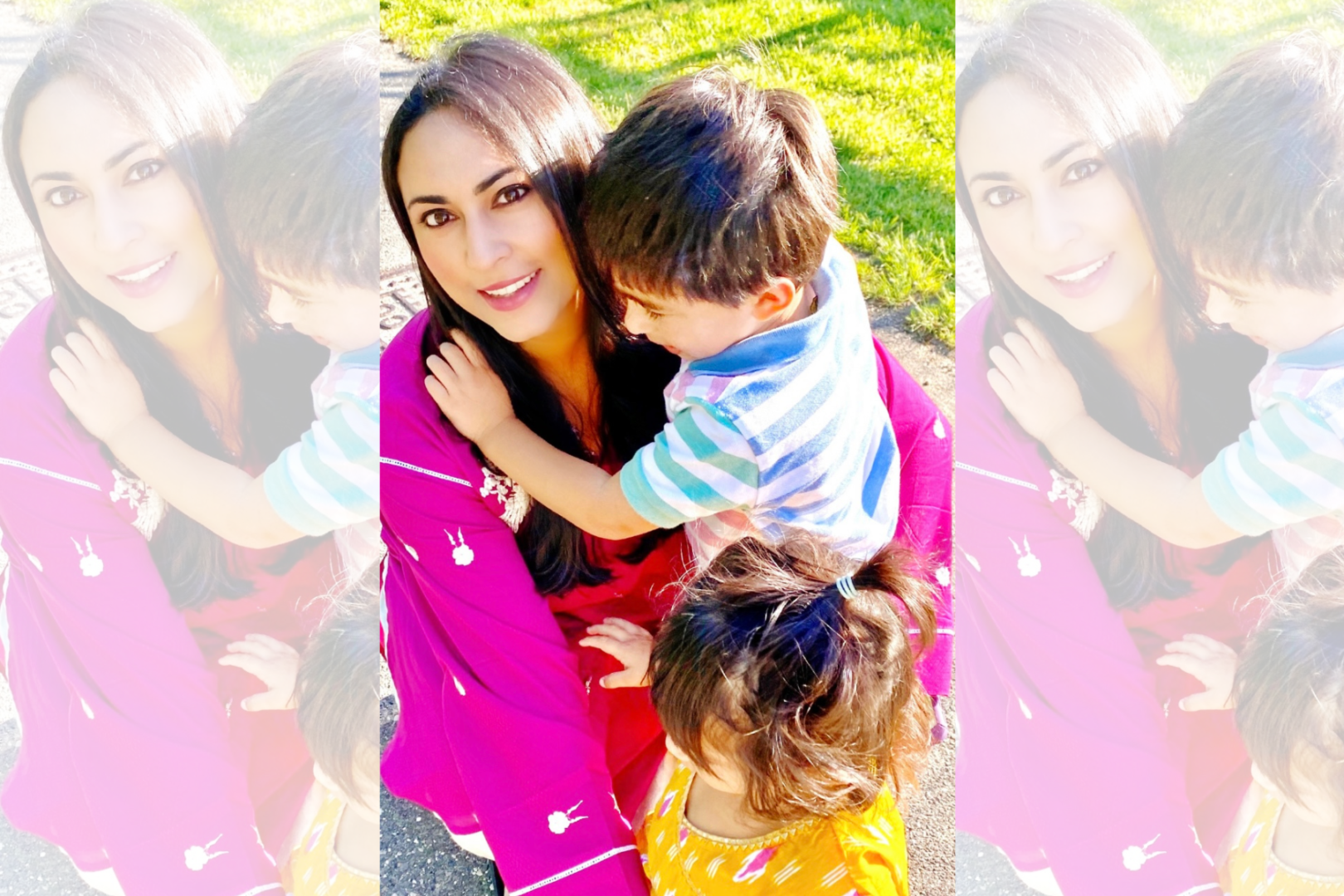
As we enter the holy month for Muslims around the world, Ramadan — a month of fasting, reflection, community, charity and celebration — I aim to foster long-lasting Ramadan memories and traditions for my children while also showing them the beauty of our faith.
[Read Related: Ramadan Reflections: How I Got The Best of Ramadan with My Children]
The rich tapestry of my life has been intricately woven by the threads of my Pakistani ancestry, an Indian-Kashmiri partner, and the multiculturalism we have passed on to our children. As I navigate the current journey of my life while being a mother to two children, I aim to provide my kids with a life enriched by different cultures which will ultimately help them to become compassionate and empathetic human beings in the future.
Through education, conversation, and exploration, I hope to help set a strong foundation of values that will serve them well in their journey as Muslim Americans and make Ramadan a holiday that they look forward to every year.
Before we explain the importance of Ramadan to children, it’s helpful to holistically explain the importance of the five pillars of Islam.
- Declaration of Faith (Shahada)
- Prayer (Salat)
- Giving Alms/Charity (Zakat)
- Fasting During the Month of Ramadan (Sawm)
- Pilgrimage to Mecca (Hajj)
When it comes to Ramadan for young children like mine, there is no better way to teach them than implementing practices of both fun and learning. Engaging them in activities that feed their interests means that they are much more likely to retain information.
Atmosphere
It’s amazing to see the assortment of Ramadan decor available at national retailers such as Target and Amazon. I purchased Ramadan lanterns for the kids, and we decorated our home with majestic lights, crescent moons, and other arts and crafts the kids and their friends enjoyed. Noah and Liyana also look forward to the ‘Countdown to Eid Calendar,‘ and put a star sticker on, each day before bed.
Charity and Gifts
Charity supports building a strong foundation for children and demonstrates to them that their actions, no matter how big or small, can make a difference. I strongly believe that good habits instilled during childhood go a long way. The kids have been packing gift bags filled with toys and food packages for local orphanages. I have partnered with other Muslim families to create Ramadan cards for the victims of the Syrian and Turkish earthquakes.
Songs and videos
Another form of educational content that we have introduced to our kids is singing and watching animated videos — after all, we are in a tech generation! Below are some options for child-friendly and lyrical songs to teach your children about Ramadan.
Books and toys
Every evening, the kids alternate between different Ramadan coloring and reading books. Ramadan Bedtime Stories: Thirty Stories for the Thirty Holy Nights of Ramadan! is a favorite. Ramadan Coloring Book is also fun for them as you can’t go wrong with crayons and markers when it comes to toddlers! I have also bought some books about Ramadan in other languages such as Arabic and also Ramadan-themed puzzles, which seem to be a winner this month.
Community
Community is an integral part of a Muslim’s life and even more so important during Ramadan. It shows the profound significance of relationships to humanity. As a Muslim parent, it is important for me to make my kids excited about community-based traditions such as Eid-ul-Fitr. This year we will be taking the kids to the Washington Square Park Eid Event where there will be many family-friendly activities.
[Read Related: How to Prepare for Ramadan: 3 Steps I am Planning to Take This Year]
Whether it’s decorating our home during this blessed month, Ramadan-themed coloring books, bedtime stories or our ‘Countdown-to-Eid’ calendar, the best part of it is that we do it all together, as a family.
Feature Image courtesy: Zeba Rashid




